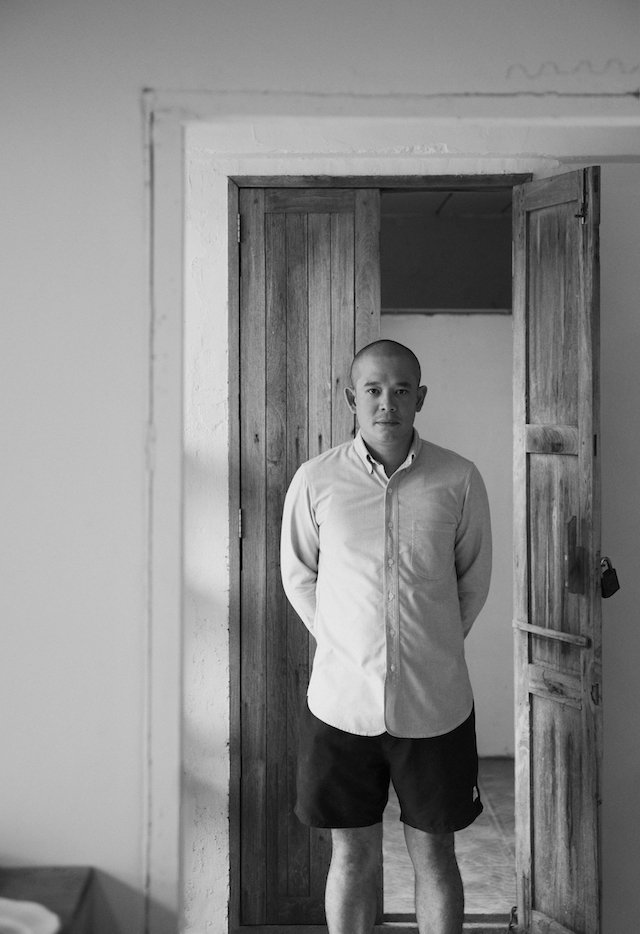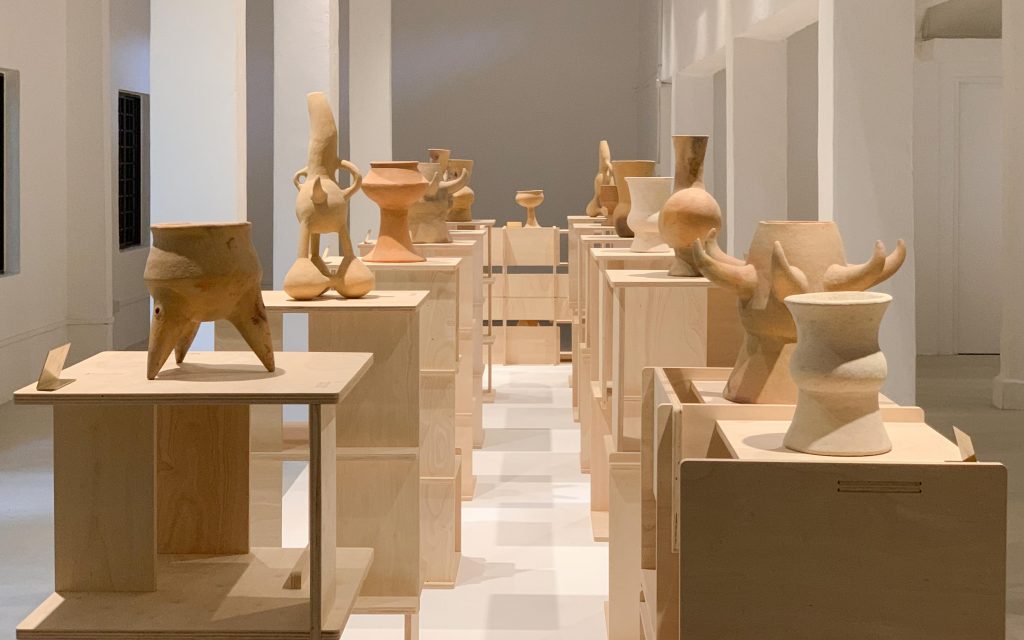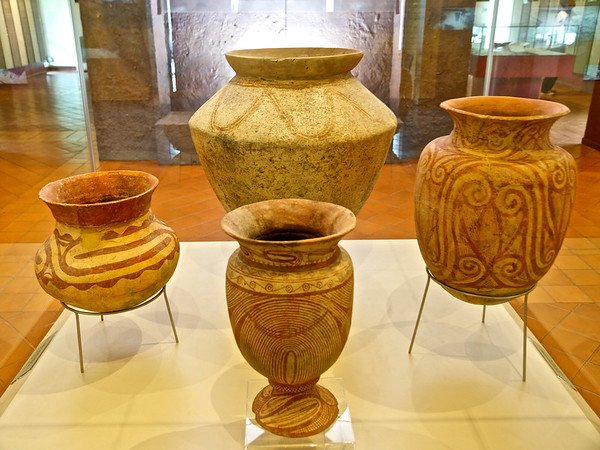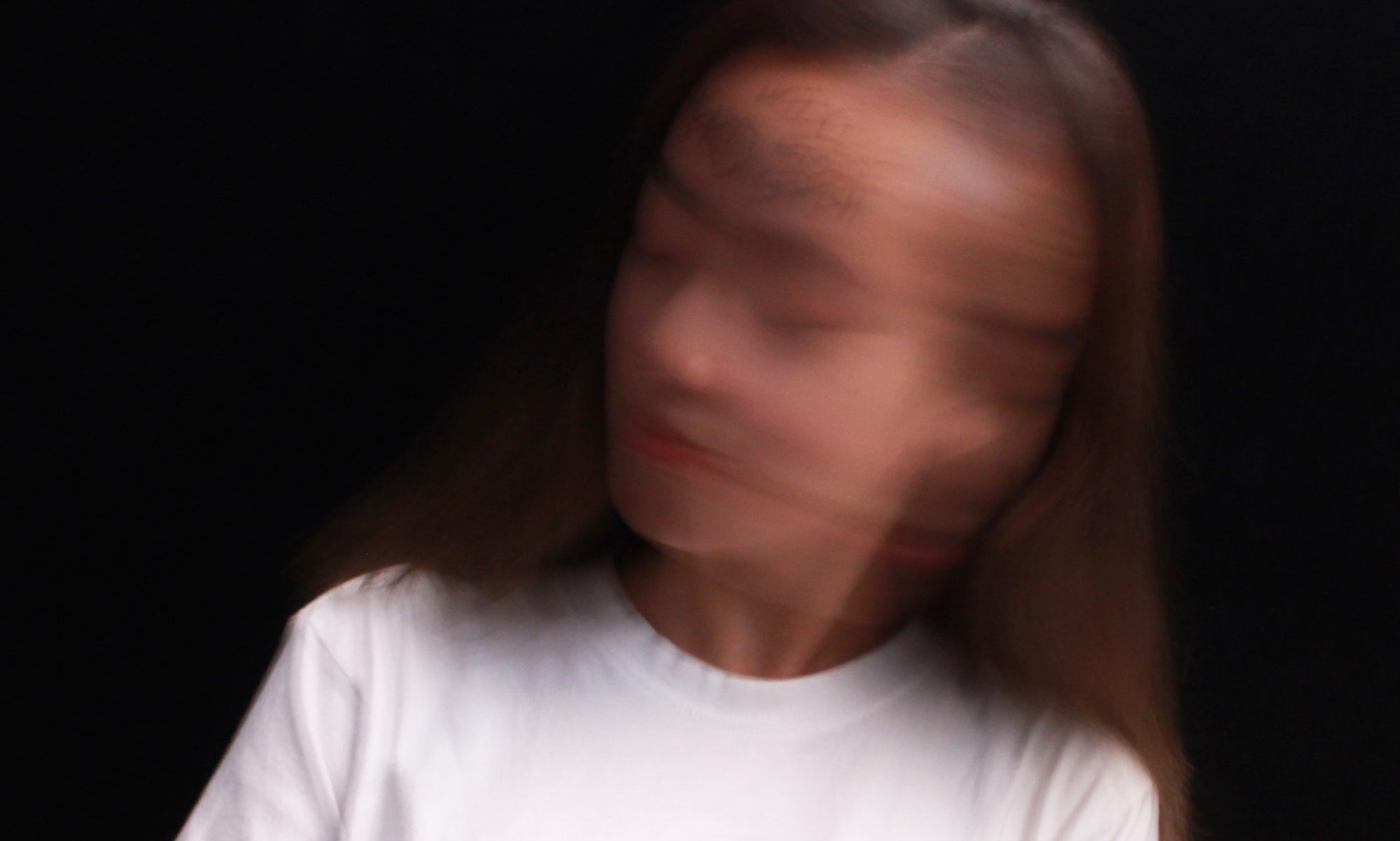The artwork that caught my attention is The Map for the Soul to Return to the Body (2019) by the Thai artist Dusadee Huntrakul. Huntrakul was born in Bangkok, Thailand in 1978. He received his BA and MFA in Fine Art from the University of California, Los Angeles, and the University of California, Berkeley, USA respectively. Huntrakul is currently having his practice around the Phrakanong area in Bangkok. Further, Huntrakul works around various mediums such as sculpture, ceramics, drawing, and painting, etc. Most of his artworks reflect the visual language and essence of ancient Greek, Japanese and Thai history. His works had been exhibited at Oakland Museum of California, USA, National Art Center, Tokyo, Japan, and Singapore Biennale 2013.

His work The Map for the Soul to Return to the Body (2019) is currently showing at the Singapore Biennale Every Step In The Right Direction 2019. Huntrakul was first interested in pottery in 1998 when his late brother brought back the funky ceramic pots from the school in the USA. Then, Huntrakul started to experiment with clay by himself. Years later after going through formal art education, he still prefers fired clay to create artworks that are recognizable yet unknown.


The Map for the Soul to Return to the Body (2019) consists of 16 pieces of ceramic pots reproduced recently based on the red pottery discovered in 1966 at Ban Chiang Archaeological Site in the Udon Thani province of Thailand. The 16 pots paired with 16 concerning quotes regarding the current affairs such as Universal Healthcare, Universal Labor Rights, and climate change. The history of the Archaeological Site traces back to the early Bronze Age civilizations around 2,000 BCE. The original red pottery has distinctive red decorations, however, Huntrakul left his reproduction unpainted and quietly sitting on the wooden shelves. It seems like it requires the viewers to have certain bits of knowledge of the history to interpretate his work at first glance, yet those issues are well known. I think this work is probably using the past and present to question the future of humanity. As the title suggests that our soul is properly lost in the chase of progression that caused various social, political and environmental issues, and history might be able to remind us of our roots and lead our way back to the right track.
Unlike other socially engaged arts outside of the art studio and gallery space, his works seem to be more subtle. The viewers’ are probably participating as they actively contemplate the work. As Pablo Helguera mentioned in his book, Education for Socially Engaged Art that:
“The visitor or viewer contemplates the work in a reflective manner, in a passive detachment that is nonetheless a form of participation. The artist Muntadas posted this warning for one of his exhibitions: ‘Attention: Perception Requires Participation.’”
Although there is a certain level of participation, I will not see this as a socially engaged art. It is because I believe in Alexis Frasz & Holly Sidford’s theory that “socially engaged art is the sum of the aesthetic product and an intentional social impact, and the process of developing the work – often in concert with community members — may even be the ‘product.’” Nevertheless, it is a well thought and crafted studio art that conveys clear social messages.
Lastly, in terms of the exhibition space, I would suggest replacing the wood selves with white shelves or stands. The colour of the pot and the shelves are very similar. I think having a white background will isolate the artwork more to create better contrast. If the set up is the artist’s intention, I would like to find out the reasons behind it.
References
https://www.singaporebiennale.org/art/dusadee-huntrakul
https://www.chanhori.com/dusadee-huntrakul
huntrakulhttps://www.singaporebiennale.org/art/dusadee-huntrakul
http://www.mutualart.com/ExternalArticle/At-Singapore-Biennale–Artists-Rework-th/61D01E317DF5C409
https://ocula.com/magazine/reports/2019-singapore-biennale/

